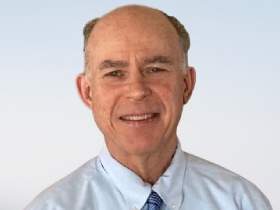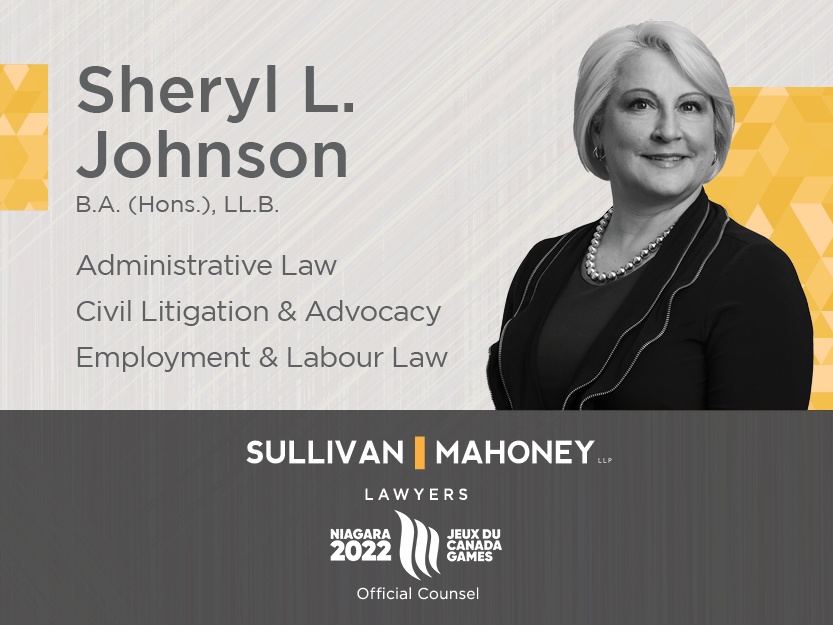When trying to forecast the results of the 2025 federal election, different voices speak to Canadians, some providing contrasting information and others based on poor polling. After two plus weeks of campaigning, the Liberals, according to many polls, have established a clear and enduring lead. Unless something happens to change things dramatically, the Liberals will maintain government and probably earn a majority. Besides the remarkable turn in fortunes this represents, it will mean that Conservatives will be heading into a second decade out of power. What could interrupt what appears to be an inevitable Liberal victory? If the debate does not shift the tide, the Conservatives’ greatest hope rests on a big turnout from younger voters. Defined as those born after 1990.
The Conservatives enjoy solid voter support in most polls. They can count on their voters to show up, whereas the Liberal support registers as less committed. “While national polling is not looking so good for the Conservatives, with a 38 percent voter share compared to the Liberals’ 44 percent, according to aggregator 338 Canada, a recent poll from Léger has found a notable disparity in voter commitment between potential Liberal and Conservative voters. Sixty-five percent of Liberal supporters are sure their decision to vote Liberal is final, while 73 percent of Conservative supporters express the same commitment to that party. Conversely, a third of possible Liberal voters indicate they might reconsider their choice, compared to just a quarter of possible Conservative voters” Conservative Voters More Committed – The Hub (April 5, 2025).
Those born after 1990 also favour the Conservatives, and this tidbit may be an outlier that could embarrass polling firms on election day. If the millennials (born after 1990) appear in force, they could tip several seats into the Conservative column that Liberals are counting on today. This means the 2025 election will come down to the voters who put Pierre Trudeau in power in 1968, again using their strength of numbers to help lift Mark Carney into the prime minister’s office in 2025.
As Amanda Munday, Executive Director of The New Majority, says, “Gen Z and millennials are the electoral majority in the upcoming federal election. This is new, for the first time in generations, we’ve seen from [Statistics Canada] since 2021 that now Gen Zs and millennials are a larger electoral majority than baby boomers” Younger Voters (CBC). The long-held view that younger voters will support the more liberal party can no longer be assumed. Conservative Leader Pierre Poilievre’s rallies are large and filled with younger folks looking for something different. Poilievre’s message appeals to many in this age bracket because of what they have experienced. The increasing willingness of tradespeople, private sector union members, and young men to vote Conservative may be the surprising message once the votes are counted.
Nanos polling, the firm CTV News relies on for its horserace numbers, has the contest closing and the Conservatives within five points of Carney’s Liberals. Nanos believes the numbers could tighten throughout the election, but internal and external factors remain. Wyatt Claypool of The National Telegraph, a conservative podcaster, delivers a fifteen-minute daily video about election trends. He theorizes that Poilievre voters are being under polled. Claypool believes that many Liberal supporters reside in the white-collar and remote-working category. Consequently, they answer the phone more readily and have time to answer questions for a pollster. Electricians, plumbers, contractors, and farmers use their bodies to complete work. They do not have the inclination or the time to respond to poll questions because their jobs present less flexibility. This theory ties in directly with the idea that millennials could overcome the boomer vote and surprise the election night news desks.
Nanos postulates that U.S. President Donald Trump could still affect voting habits and drive many voters to the polls in favour of the Liberals. As long as Trump huffs and puffs about tariffs, making Canada the 51st state, annexing Greenland, or threatening to ignore the Constitution in courts or in 2028 when his term expires, the boomer voters (born between 1946 and 1962) will show up in droves to ensure Carney is there to stand up to the president. As they have for most of the last 60 years, including the first time they could vote in 1968, boomers will choose the Liberals to ensure domestic tranquility, fight for Canada’s sovereignty, and project a distinct Canadian message to anyone thinking it would be okay to mess with Canadian independence.
The overwhelming advantage boomers have enjoyed as a voting bloc has allowed them to determine Canada’s government for the past six decades. As the boomers voted, so went the country. This may be challenged in 2025. As boomers have aged, some have died, reducing the number of eligible voters in that demographic. Millennials represented a smaller group initially, but their numbers held steady for the most part, and their views have become more populist and less interested in some of the issues that boomers cared about in the past or are focused on today.
Regardless of how the vote trends on Election Day, this discussion must send shivers down NDP headquarters. The party, mired at its lowest polling data ever, must face the reality of being squeezed out. Seen as irrelevant, the party and its leader are doing all they can to attract attention, but they seem to be as welcome as a root canal. Without union supporters and the youth vote, the NDP will disappear. As this author has already documented, NDP Leader Jagmeet Singh brought much of this on himself, and the party invited this disaster themselves when they chose an unproven commodity like Singh and allowed him to overstay his welcome.
This election has not been decided. No votes have been cast or counted. As the last part of the campaign unfolds, it would be wise to study what millennials are telling pollsters. If they are motivated enough to get out and vote, the results on election night could shock the dominant media, the political class, and pollsters who refused to acknowledge a changing demographic.

Dave Redekop is a retired elementary resource teacher who now works part-time at the St. Catharines Courthouse as a Registrar. He has worked on political campaigns since high school and attended university in South Carolina for five years, where he earned a Master’s in American History with a specialization in Civil Rights. Dave loves reading biographies.






